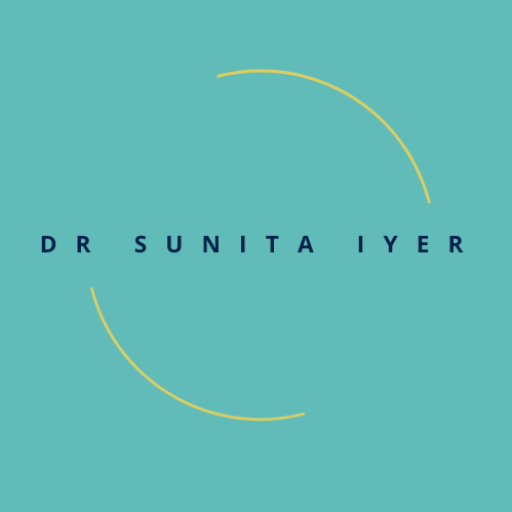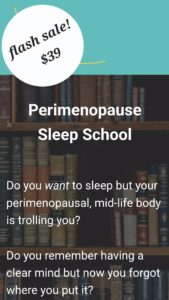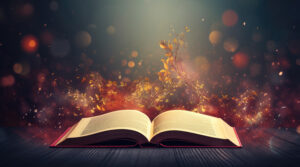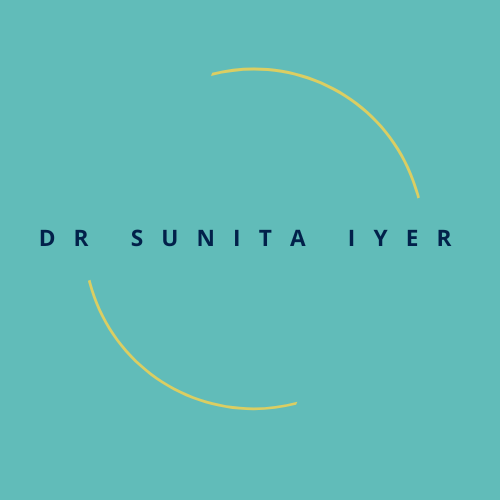Think about what Community Engagement means to you.
What are the words, images, or feelings that come to mind?
For me, this concept has evolved over my lifetime and my work as I have spent more years being in this world and as a professional. What leaps to my mind are: activism, advocacy, connection, social networks, and ground-floor solutions.
And as I have reconnected with my own writing, poetry, and creativity (I am even taking a screenwriting class!), I am also deeply aware of how impactful art is to community engagement, growth, and social change. Sometimes social change happens when we physically show up, vote, protest, or speak with legislators or policy makers. I enjoy and employ all of these modes of engagement; using our voices is one of the ways we attest to our existence and give form to our humanity. This is also central to the nature and elegance of art.
In my Healthcare Policy course this quarter, we had the opportunity to work alongside our community partner, Hanford Challenge. If you do not know the history and impact of Hanford, please do take a moment to learn more! Suffice to say, Hanford has played a major role in our country’s history of nuclear proliferation, global nuclear and resource devastation, and in ongoing environmental and health consequences in Washington State.

Here are a few highlights of the work our class community of students were engaged in:
- Students wrote “Research & Reflect” papers on topics pertaining to nuclear waste, health outcomes, and policy/solutions. They developed topics of their own interest within “nuclear waste and health” as the broad prompt, did their own research, drafted, peer evaluated each other’s writing, and then submitted final papers on their topics. Many students looked at and dove into the relationship of nuclear waste and cancer, asthma, land loss, and racial and ethnic disparities.
- As a follow up to their papers, students also created storytelling/podcast projects and shared them with the class in short presentations. They were fantastic! I asked them utilize the topics of their papers, work solo or in groups, and create a video/podcast/website or other teaching tool to talk about the impacts of nuclear waste upon health. I gave them full creative license on this to fashion a project that felt the most meaningful to them. Some folks conducted interviews, some were the interviewees themselves, and some told stories of their own relationship to Hanford or nuclear waste health effects. Every project was unique and wonderful, and it was such a privilege for everyone to see the creative and vulnerable side of each other.
- Lastly, the Hanford Challenge Hot Poetry Contest was a required assignment (not everyone was enthusiastic about this one at first!). Over the course of the quarter, I introduced different concepts about poetry including: poetry as activism, poetry as health, poetry as lyricism, poetry as egalitarian, and poetry as expression of the human experience. We spent time in two class sessions creating group poems in response to really lively and resonant class discussions on the healthcare system, inequities and disparities in healthcare, and healthcare policy. While they did not come into this class as poets, and may not leave thinking of themselves in this way, they created poetry from their own frustration, sorrow, and desire for change. They morphed and remodeled their experience collectively.

As I describe this to you, I am in awe. I am so unbelievably proud of these young people for showing up, lending their voices to this work, and engaging with their own creativity and humanity. Teaching is both deeply satisfying and challenging work, while also having become even more tricky over the last three years. As we transition “back to normal” (newsflash: not a thing), community engagement has great potential to be an instrument of recalibration, reconnection, and belonging to the world around our young adults. To let them know that their voice and existence matters.
And perhaps art is the kind intermediary and gracious ambassador.




